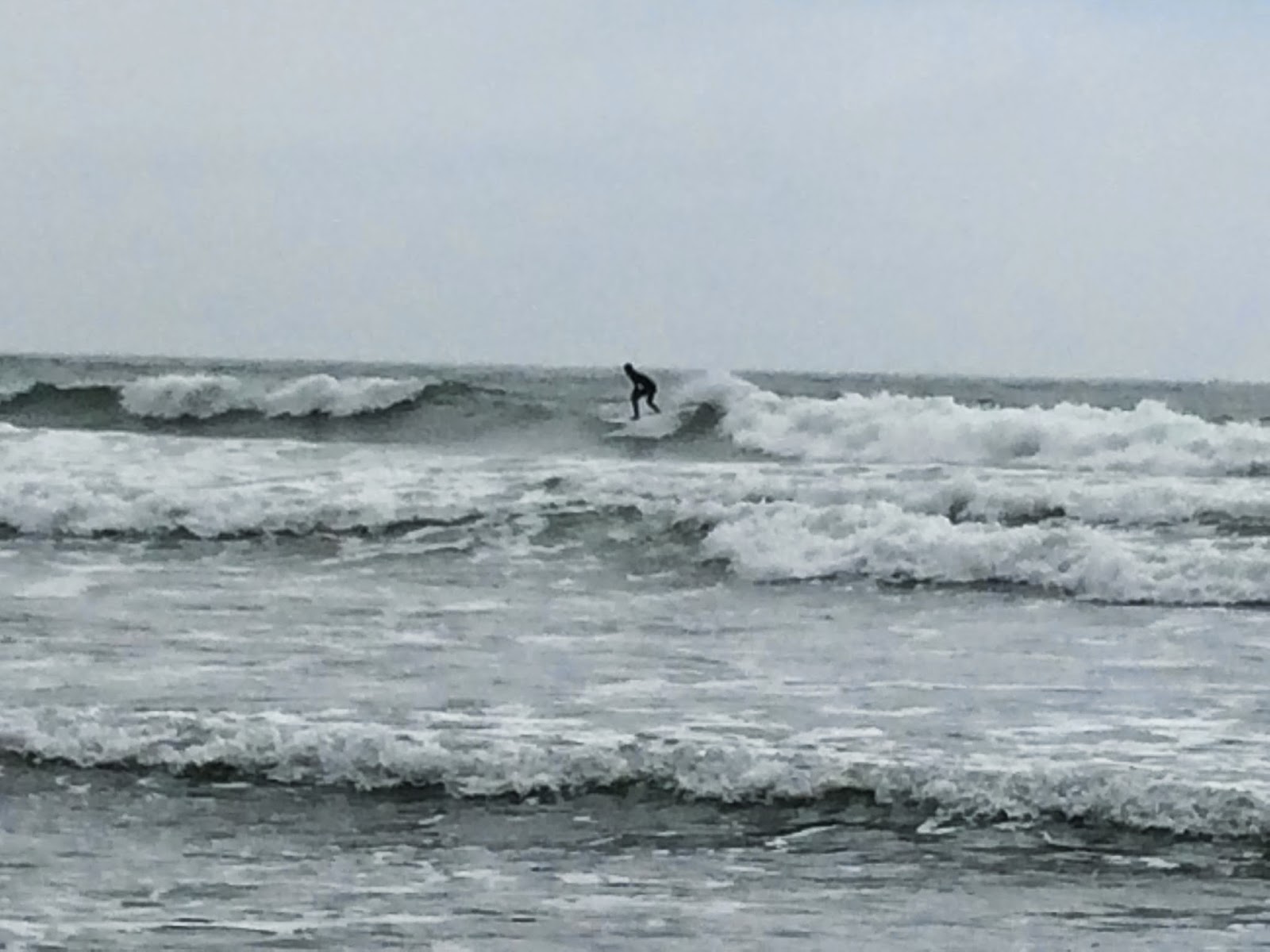As part of the Medical Brigade, GMB@RiceU partners with in-country Global Brigades Staff and Nicaraguan community volunteers to run a temporary, mobile medical clinic. For my morning shift in the clinic, I got to work the triage
station. This entailed me taking patients’
vitals like blood pressure, weight, pulse etc. while my fantastic partner
Olivia handled the Spanish speaking components of collecting patients’ medical
histories, allergies, principal symptoms, etc.
Last year, I did not
have a very positive experience with triage.
Not that many patients came through my station, the blood pressure cuffs
were difficult to work with due to some mechanical issues, and I didn’t know
any Spanish at the time. This year, my
experience was much different and very meaningful. After warming up my limited Spanish acquired
from one semester of the class at Rice, I got the handle of many basic Spanish
phrases and could understand a decent amount of what Olivia was discussing with
the patients. I was even able to ask
basic questions when I needed to take patients’ vitals, suggest ways to reduce
health issues, and casually converse with the patients in Spanish.
Unlike during last year’s triage, I got extremely
comfortable with the blood pressure cuff this time around—I manually took the
blood pressure of elderly people, skinny people, fat people, etc. I learned to accurately take blood pressure
in one or two tries, even when the station was very loud, which felt very
rewarding given my previous struggles. We
saw some pretty weird vitals, with blood pressures with systolic values of over
180 and diastolic pressures of over 120.
Things like this happen more frequently in communities with limited
access to medical care or resources needed to treat chronic conditions like
high blood pressure, which goes to show why the Medical Brigade is so important
on a short-term scale before the community can become sustainable.
On brigade, you have to work with what you have. And sometimes what you have isn’t as
technologically advanced as what you’ll find in an American clinic, but is still
enough to get by. For example, Olivia
and I even got clever about weighing an infant using adult scales. We took the weight of the mom + baby, and
then subtracted the weight of just the mom.
Which meant I got to hold a two-month old! She was adorable J
Speaking of babies, the most meaningful part of triage for
me was when my work went directly towards treating a very sick baby. She was maybe 6 months old, and was brought
to the clinic to be treated for recurrent fever. I took her temperature via armpit, and watched
as her temperature reading shot up incredibly quickly from 99 degrees to over
104 degrees in less than a minute. From
there I called the GB staff and let them know the baby needed to see the doctor
immediately. Babies do have higher
resting temperatures than adults, but it was still important for the baby to
get immediate medical attention.
They sent her off to do the doctor, and the diagnosis didn’t
look too good. In fact, it took three
doctors to come up with an appropriate course of action. They discovered that
she had been treated for pneumonia 3 days before, but it seemed as though the
medicine wasn’t working (or was even making her sicker!). It was clear that she was under mild
respiratory distress—the doctors observed that the muscles around her ribs were
being recruited to assist with breathing, which happens in extreme situations
comparable to during a workout that brings a body to the brink of total
exhaustion. In the end, the American and
Nicaraguan doctors decided the baby needed to go to the hospital
immediately. Normally, the combination
of mountainous terrain, inadequate transportation and/or cost prevents families
from receiving adequate medical care in hospital settings. But Global Brigades ended up using one of
their personal trucks usually designated for transporting medical supplies to
rush the mom and the baby to the hospital.
I would much rather have days where there aren’t “exciting”
cases like this. In fact, I would rather
there not be a need for GB in a hypothetical world where every community across
the globe became sustainable. But given
that these situations exist, it was really rewarding to have played even a
small a role in the front line of that baby’s treatment. If GMB hadn’t been there, that baby would not
have gotten the medical attention she needed.
One of the doctors told me that cases of pneumonia in young children can
progress from severe to fatal in as few as three hours, and that we were lucky
to have caught it at our clinic.
Again, all of this brings me back to GB’s strive for
sustainability. Respiratory illnesses
can be aggravated by a lack of proper ventilation in houses with wood-burning
stoves. Taking the steps to implement an
eco-stove can help prevent cases like that of the baby that I just described.
With that in mind, I look forward to the Public Health Brigade in the days to
come. We will be implementing a set of 3
public health installments in each of the homes of three families within a
rural community to help make a sustainable difference. Thanks for reading, and stay healthy J




















.JPG)